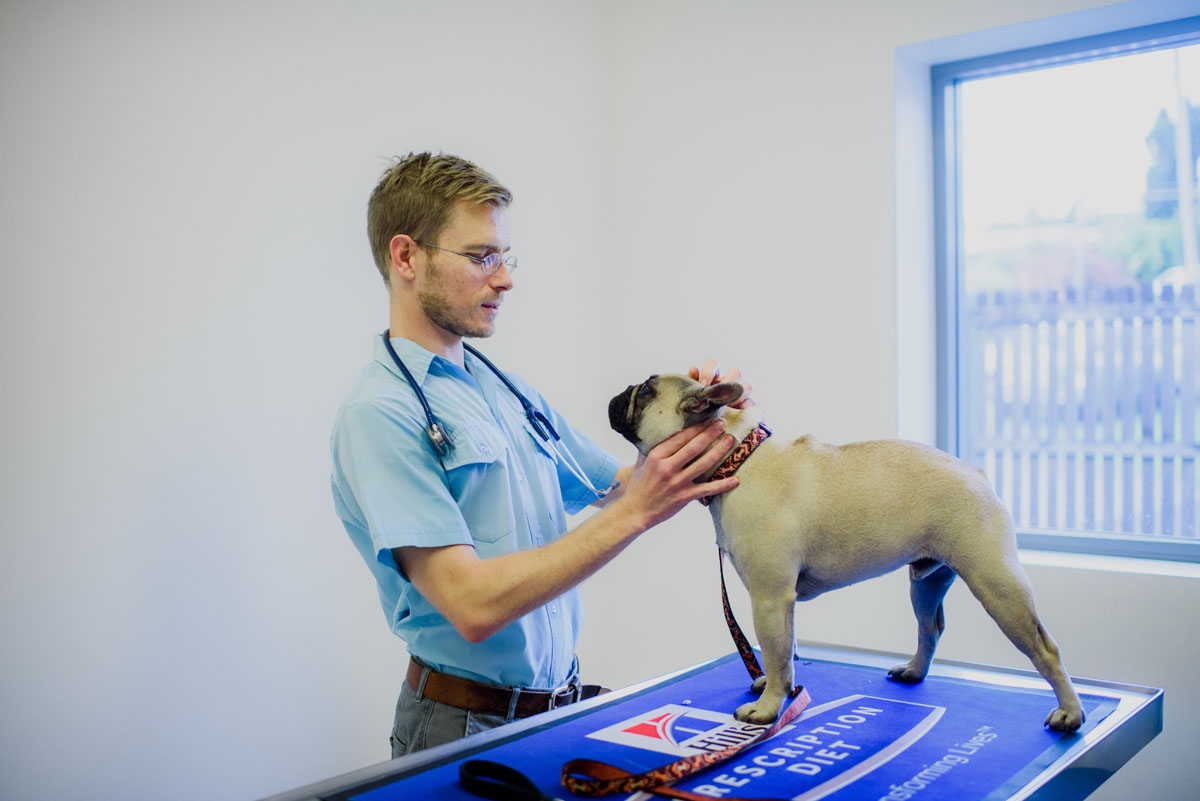If tartar is allowed to remain on the teeth, several things may happen.
The tartar will mechanically push the gums away from the roots of the teeth. This allows the teeth to loosen in their sockets and infection to enter the root socket. The teeth will loosen and fall out or have to be extracted.
Infection will accumulate in the mouth, resulting in gingivitis, tonsillitis, and pharyngitis (sore throat). Although antibiotics may temporarily suppress the infection, if the tartar is not removed from the teeth, infection will return quickly. Infection within the mouth will be picked up by the blood stream and carried to other parts of the body. Some kidney and heart disease may be caused by this infection.
What can caring pet owners do to prevent dental disease?
Preventing your pet from developing dental disease is a possible. Keep in mind that most humans brush their teeth twice daily to maintain a healthy smile, brushing your pets teeth also helps to reduce plaque formation and hence tartar accumulation, so getting your dog or cat used to having their teeth brushed regularly (around 4 times a week) is a benefit to their dental health. Feeding your pets Dental Chews such as “Oravet” and Hills Prescription T/D diet are also affective ways of preventing and reducing dental disease and of course like us a regular scale and polish will ensure a healthy mouth.
